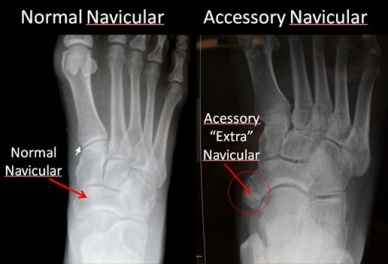
17 Jan Accessory Bones (Extra bones) of the Foot
Did you know you that many people have extra bones in their feet they had no idea about? These are called Accessory Bones (Extra bones) of the Foot.
https://www.sportspodiatry.com.au/services/
Accessory bones or ossicles are normal, common bony variants. Usually little bits of bone with smooth edges like a pebble. There are around 40 different types of accessory bones of the foot described in the literature. Most of the time these are asymptomatic but sometimes they can become painfully irritated.
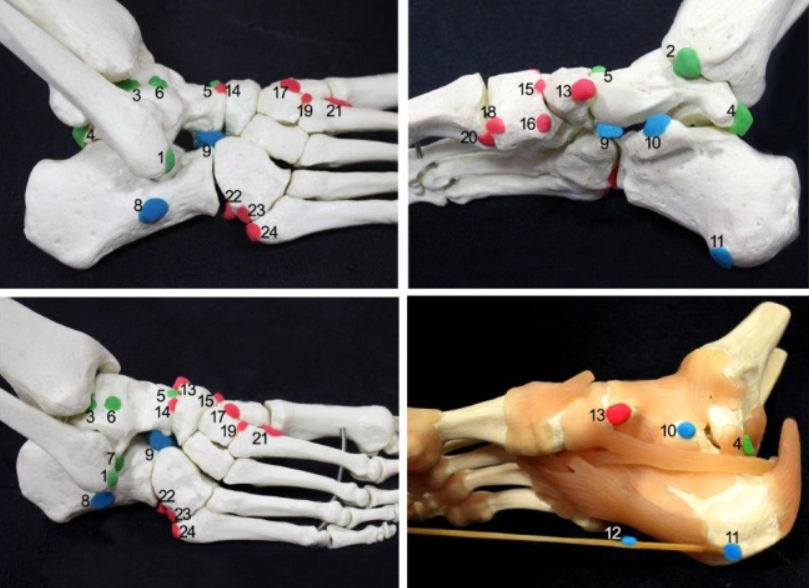
Accessory Navicular Syndrome
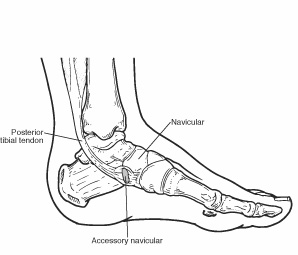
The Accessory or “extra” Navicular bone is sometimes called an os naviculare or os tibiale externum. For those with this extra bone, they often get some discomfort during their teenage years. This is when bones are maturing and cartilage is developing into bone. Here are the reasons an accessory bone might become irritated:
Trauma
-
- A direct blow to the to the area i.e-someone standing of your foot can start a problem or even cause a fracture.
- Light repetitive trauma like kicking a football.
- Barefoot running especially on uneven ground makes the muscle that attaches into the navicular bone work really hard.
Footwear
-
- Rubbing or compression of the area from shoes work boots, ski/snowboard boots, footy boots or even the seam in your footwear.
Flat feet
-
- The accessory navicular bone is often situated inside the tendon of tibialis posterior. Having a flat foot puts more strain on this tendon, producing inflammation.
Other
-
- fractures
- dislocations,
- degenerative changes
- arthritis
- irritation or impingement of soft tissues in the area
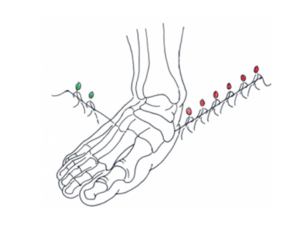
Signs and Symptoms
-
- A visible bony prominence on the midfoot (the inner side of the foot, just above the arch)
- Redness and swelling of the bony prominence
- Vague pain or throbbing in the midfoot and arch, usually occurring during or after periods of activity
Diagnosis
First a podiatrist would can do a complete assessment of your foot and ankle looking for signs and symptoms. Ultrasound and X-Ray imaging can be useful in identifying the extra bone. MRI or CT scans give a better overall picture, however, they are a little more costly.

Treatment: Stop the cause of the irritation.
-
- Adjust footwear
- Padding
- Orthotics – take the strain off the tibialis posterior
- Activity modification
- Ankle brace/Taping
- Surgery: When symptoms do not resolve with conservative management above, surgical excision of the extra ossicle may be necessary.
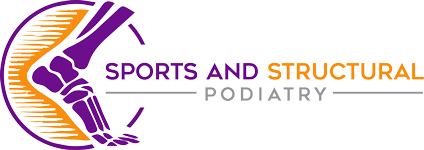
Sorry, the comment form is closed at this time.